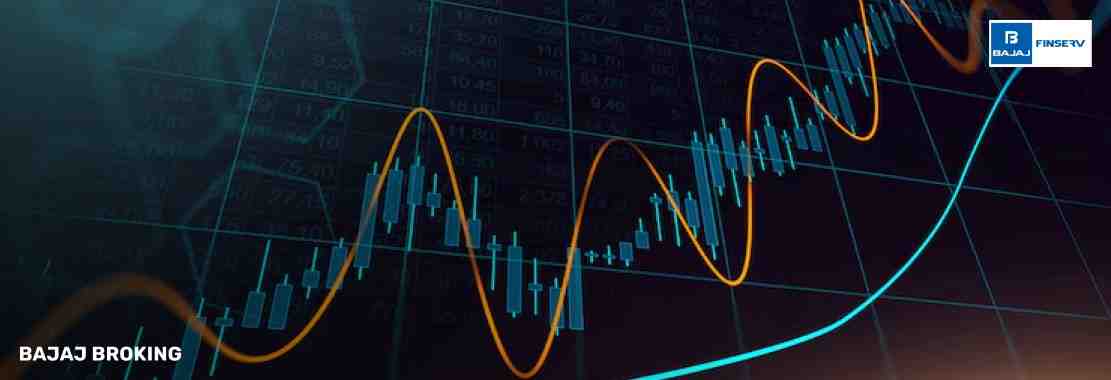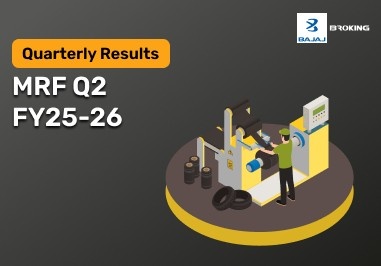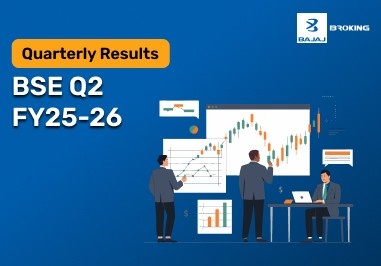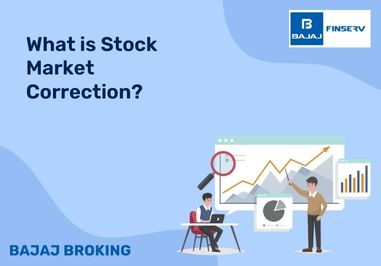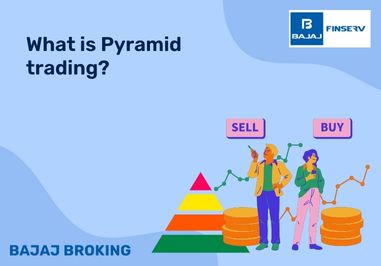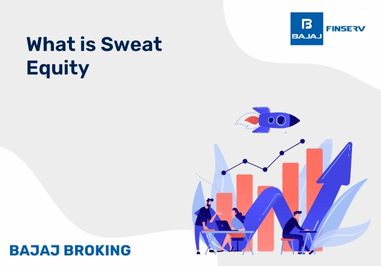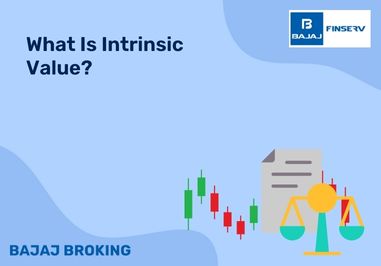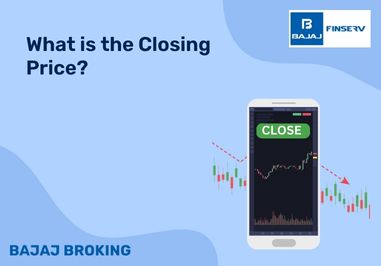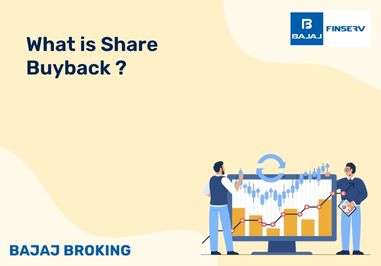Transitioning from paper trading to live trading is a memorable milestone for any aspiring trader. Live trading introduces the need for speed, emotions, and consequences. This shift isn't just about tapping a “buy” button — it's about mindset, discipline, and being prepared for the psychological and financial realities of the live market.
In this guide, we’ll break down everything you need to know about making the leap — from how to prepare, what steps to follow, common mistakes to avoid, and how to approach live markets with clarity and confidence.
Preparing for Live Trading
Before you go begin live trading, it’s essential to be truly prepared — emotionally, technically, and financially. While paper trading allows you to simulate strategies, it doesn’t capture the full essence of what it feels like to risk real money. That difference in psychology is exactly where preparation comes into play.
Here’s what you must focus on:
1. Consistent Performance in Paper Trading
If you’ve been using a virtual trading platform effectively, make sure you’re not just winning randomly. You need to evaluate:
Have you consistently made profits over 3–6 months?
Are your losses limited and under control?
Have you followed a well-defined strategy or just guessed trades?
If the answer is “yes” to the above, you’re on the right track.
2. Understanding Risk Management
One of the major pitfalls beginners face in live trading is not respecting risk management. It’s not just about how much you can earn, but how much you’re willing to lose per trade. If you don’t already follow rules like risking only 1–2% of your capital per trade, it’s time to learn and apply them — even before going live.
3. Emotional Readiness
Paper trading doesn’t test your emotions. In live trading, fear and greed can make or break your strategy. Ask yourself:
How do I react to a loss?
Can I remain calm during volatile moves?
Will I stick to my plan or panic?
Your emotional response to trades in a live setting should be your final test before you start.
4. Building a Trading Plan
Before you open a trading account for live markets, you need a trading plan. This should include:
The instruments you’ll trade (stocks, options, futures, commodities, currency, etc.)
Timeframes (intraday, swing, positional)
Entry and exit rules
Stop-loss and target levels
Daily and weekly profit/loss limits
Steps to Transition from Paper to Live Trading
Once you've prepared yourself mentally and strategically, you’re ready to start transitioning. This process shouldn’t be rushed — it should be phased and calculated.
1. Start with a Small Capital
Your first live trades should not involve large sums. Begin with a small amount that you’re fully prepared to lose. This lets you get a feel of live markets with minimal emotional and financial damage.
2. Choose the Right Broker and Platform
Use a broker that offers a reliable and beginner-friendly virtual trading platform and live trading interface. A smooth transition to live trading depends heavily on platform familiarity, ease of use, and customer support.
3. Open a Trading Account
You’ll need to open a trading account with a registered stockbroker. Ensure the broker provides:
Make sure your trading account and demat account are properly linked.
4. Test with Micro-Positions
Even when you go live, treat the first 10–20 trades as part of your learning curve. Trade with the lowest possible position sizes. Focus on executing correctly, not on earning profits. The goal here is to develop your execution confidence and discipline.
5. Stick to Your Trading Plan
Live markets are noisy. Prices move fast. News breaks suddenly. It’s tempting to deviate from your strategy. Don’t. Stick to your pre-defined trading plan and rules just as you did in your paper trading phase.
6. Keep a Trading Journal
Document every trade you take:
Why you entered
What setup you followed
How you felt before, during, and after
What you could have done better
Review your trades weekly to identify patterns, emotional mistakes, or recurring errors.
Common Mistakes to Avoid When Going Live
Live trading comes with its fair share of common pitfalls. Most beginners fall into one or more of these traps—being aware of them can help you avoid costly mistakes.
1. Risking Too Much, Too Soon
It’s easy to get overconfident after a few paper trading wins. But live trading is different. Don’t put a large chunk of capital into a single trade or increase position sizes after just a few wins.
2. Ignoring Emotions
You might be tempted to chase losses, revenge trade, or exit too early in panic. These emotional decisions are the fastest way to blow up your trading capital. Train yourself to follow logic, not emotion.
3. Overtrading
Beginners often feel the need to trade every day, even when no proper setup exists. This is dangerous. Trade only when your strategy confirms an opportunity.
4. Deviating From Your Strategy
Don’t suddenly try a new technique or follow social media advice just because someone claimed it worked for them. Stick to the methods you tested during your paper-trading phase.
5. Neglecting Costs and Slippage
Paper trading platforms usually don’t include brokerage fees, taxes, or slippage in trade simulations. In live trading, these matter. Even small fees can add up, especially if you’re trading frequently.
Conclusion
Transitioning from paper trading to live trading is not just a technical shift — it’s a psychological and strategic leap. While paper trading builds foundational skills in a safe environment, live trading introduces real consequences, emotions, and financial responsibility.
To succeed in this transition:
Prepare yourself thoroughly with consistent paper trading results.
Start live trading small — both in capital and expectations.
Stick to a proven plan and prioritise risk management.
Avoid common emotional traps and review your trades regularly.
Remember, the markets aren’t going anywhere. Take your time. Move forward only when you're ready. With patience, discipline, and the right mindset, you’ll be in a strong position to evolve from a virtual trader to a confident, profitable market participant.
